Fashion Trends that Originated from Black Culture
Black culture has been a pioneering force in fashion and beauty around the world for decades, if not longer. Yet, as a community, our contributions to the fashion industry and culture are often ignored and refuted. From nails to sneakers to prints, Black communities and African fashion have taken the world by storm time and time again, and it’s time we receive recognition for some of the big trends we’ve brought to the world the last few years.
There are so many different African prints available for purchase, but when you look at the fashion industry as a whole, you will find that many of the popular designers and iconic fashion houses have “borrowed” elements of African prints to include in their lines. Every few seasons, fashionistas will notice the prevalence of styles originated from Black culture showing up in the fashion lines of companies that aren’t Black owned (or even with Black designers).
We can’t stop every company from cultural appropriation, but as a Black owned business, we aim to create change one step at a time by offering an assortment of modern African fashion pieces designed by Black fashion designers, while also paying respect to the groundbreaking style dominate in Black culture. In support of everything the Black community has brought to the fashion industry, we’ve curated this list to focus on five fashion trends that originated in Black communities. But trust us when we say that we could be here all day if we listed everything our culture has brought to the fashion world.
Nails

Acrylics have long been a standard in Black communities, allowing for women to express themselves in creative ways with some seriously fly nail art. Spanning back to the days of the Egyptians roughly 5,000 years ago (those girls wore nails made of ivory and bone and painted them varying shades ranging from black to red), nail art is cemented in Black culture.
However, nail art quickly became the butt of jokes for a lot of people, with the image of Black women with extremely long acrylics becoming an offensive stereotype in comedies throughout the 90s and 00s. It’s only after white celebrities and influencers began sporting long acrylics with intricate nail art did the look become generally accepted. This comes as no surprise.
Thankfully, the tides have changed again and today, you’d be hard pressed to find a woman in a room without some sort of nail art on her fingers. But many overlook the origin of this trend that goes back over 5,000 years ago to our African Queens.
Logomania

So, we’re going to go back again, but this time roughly 120 years ago to when Louis Vuitton started using the iconic LV monogram on their luggage. As they printed their logo on everything they made, the world of monogramming was born—and it remained stagnant for roughly 100 years. Brands, and their customers, looked at their logos as the ultimate status symbol, but you only had a handful of products to choose from. This is where Dapper Dan comes in.
Starting in 1980s Harlem, Dapper Dan began constructing an assortment of goods, from shower curtains to jackets and accessories for anyone who wanted these luxury logos on an array of products. However, he did all of this without the consent of the brands, which came with consequences.
In the 90s, Dapper Dan got closed down after a series of lawsuits, but the luxury brands he’d been using took note of what he’d sold, and began to create a variety of products that allowed people to wear their logos like never before. They even began introducing a variety of home goods on top of their fashion lines. Eventually Dapper Dan reopened and now he even collaborates with some of the famous brands that once sued to have him put out of business. Talk about a turn of events!
Hoop Earrings

Wearing hoop earrings almost feels like a rite of passage for many Black women who started sporting the trend in their teenage years. This style dates all the way back to Mesopotamia, but was so popular even men in Egypt began adorning themselves with intricate hoop earrings. But in more recent decades, celebrities of the 1960s made the style a cultural mainstay that was then adopted by the masses. However, like everything else on our list, their connection to the Black community is often overlooked.
In the 60s and 70s, we even saw many Black female activists begin rocking hoops as a symbol of their strength and unity. By then, this fashion accessory was a staple in the Black community, with many Black designers creating extremely detailed and gaudy designs that were enough to make anyone salivate.
In the 90s, Salt-N-Pepa were wearing door-knocker hoops and were ostracized by the media, with many saying their earrings were “ghetto.” Yet what goes around comes around and within a few years of ridiculing Black women’s fashion choices, door knockers became popular and have held on ever since.
Lively Prints
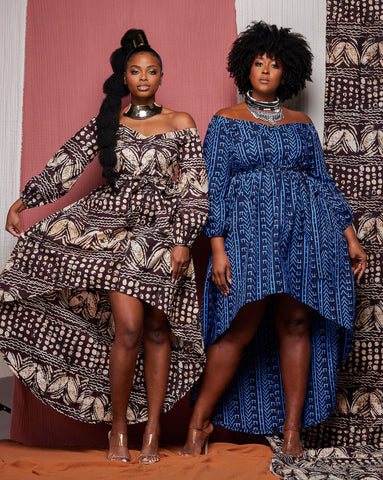
When most people see rich and lively printed clothing, their immediate association is with Black people. Throughout history, we’ve been drawn to color and culturally significant prints as a form of self-expression, social status, and family affiliation. However, the origin of popular prints such as African wax print or Ankara has been disputed. It is said that Ankara was introduced to West African by Dutch traders who were inspired by Indonesian Batik designs. This is up for debate, as West Africa has long held a vast market for textiles. But today, there’s no denying that the way the Black community has styled an array of prints remains influential in the fashion industry. In fact, brands like D’IYANU continue to lead the way in moving African fashion and prints in a modern direction.
Sneaker Culture

Whether you call them sneakers, trainers, tennis shoes, or some other derivative, sneaker culture is definitely rooted in Black culture.
While tennis shoes of some sort have been around for over 100 years, they were always made of canvas, even for basketball players. By the end of the 1960s, many basketball players were black and had long realized they needed something more protective on their feet than the Converse sneakers that had been popular on the court. Hence, the birth of sneakers as we know them.
By the 1970s, brands like Nike and Puma were on the market, and they quickly realized that there was a demand in the Black community for the styles their favorite basketball stars were wearing. It was then that the sneaker culture we know today was born. All thanks to the Black community.
We Are Pioneers
Despite not always receiving the credit deserved, we believe it’s time Black culture finally got some recognition for what we bring to the lives of nearly everyone around the world. From birthing nail art to being the primary reason sneaker culture exists, the Black community has made gigantic leaps and bounds for fashion lovers across races and cultures. We are the pioneers who regularly introduce fashion trends well before “mainstream” lines are willing to even begin thinking about something in the same vein.
As a Black owned business, D’IYANU wants Black fashion mavens, both male and female, to embrace their heritage and realize how much they’ve brought to the fashion world while also embracing their heritage. While some people follow the trends, we’re proud to be a part of the community that sets them. We believe in taking style to the next level and pushing boundaries. That’s what inspires our modern take on African fashion. So be proud and the next time you see someone with some bold nail art or stylish prints, remember that our ancestors were the founders.

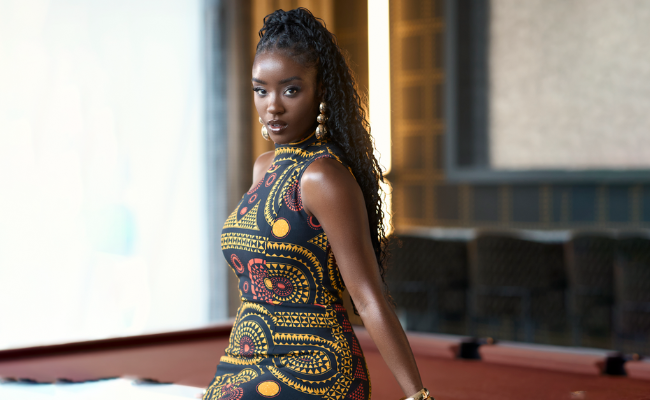
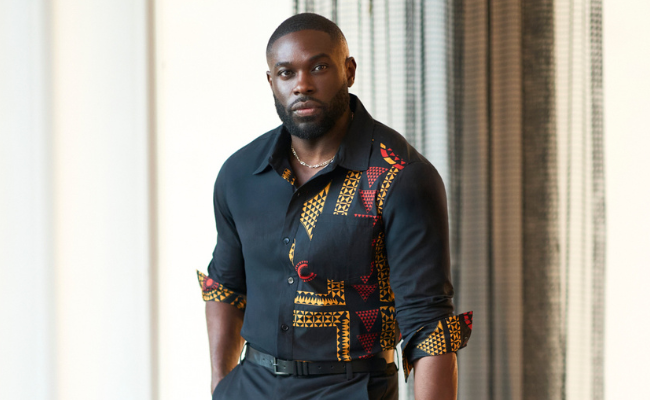
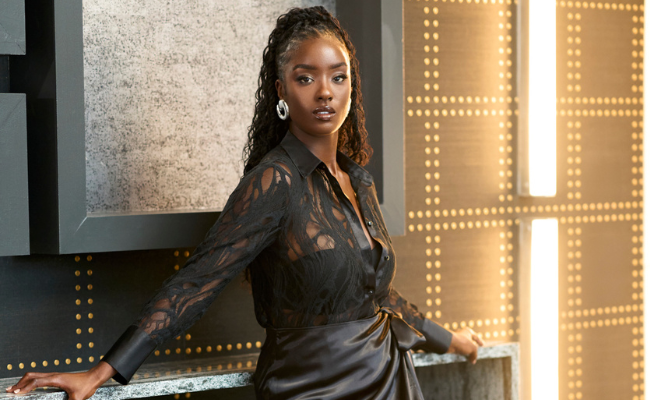
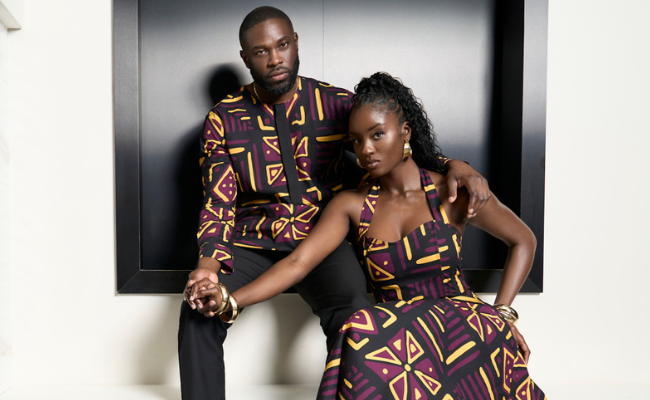
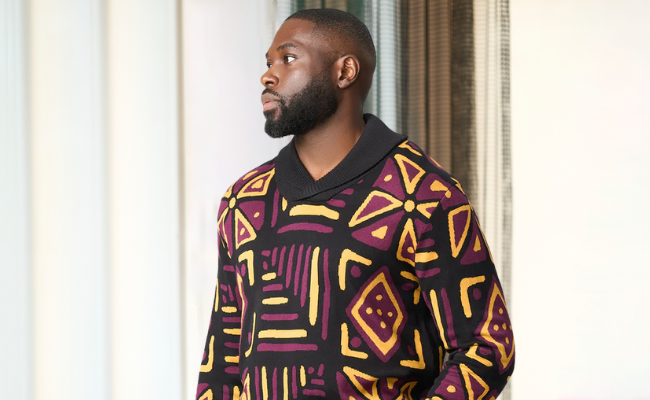
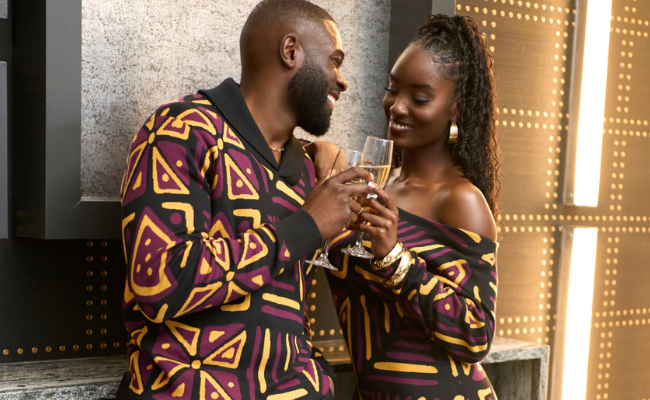
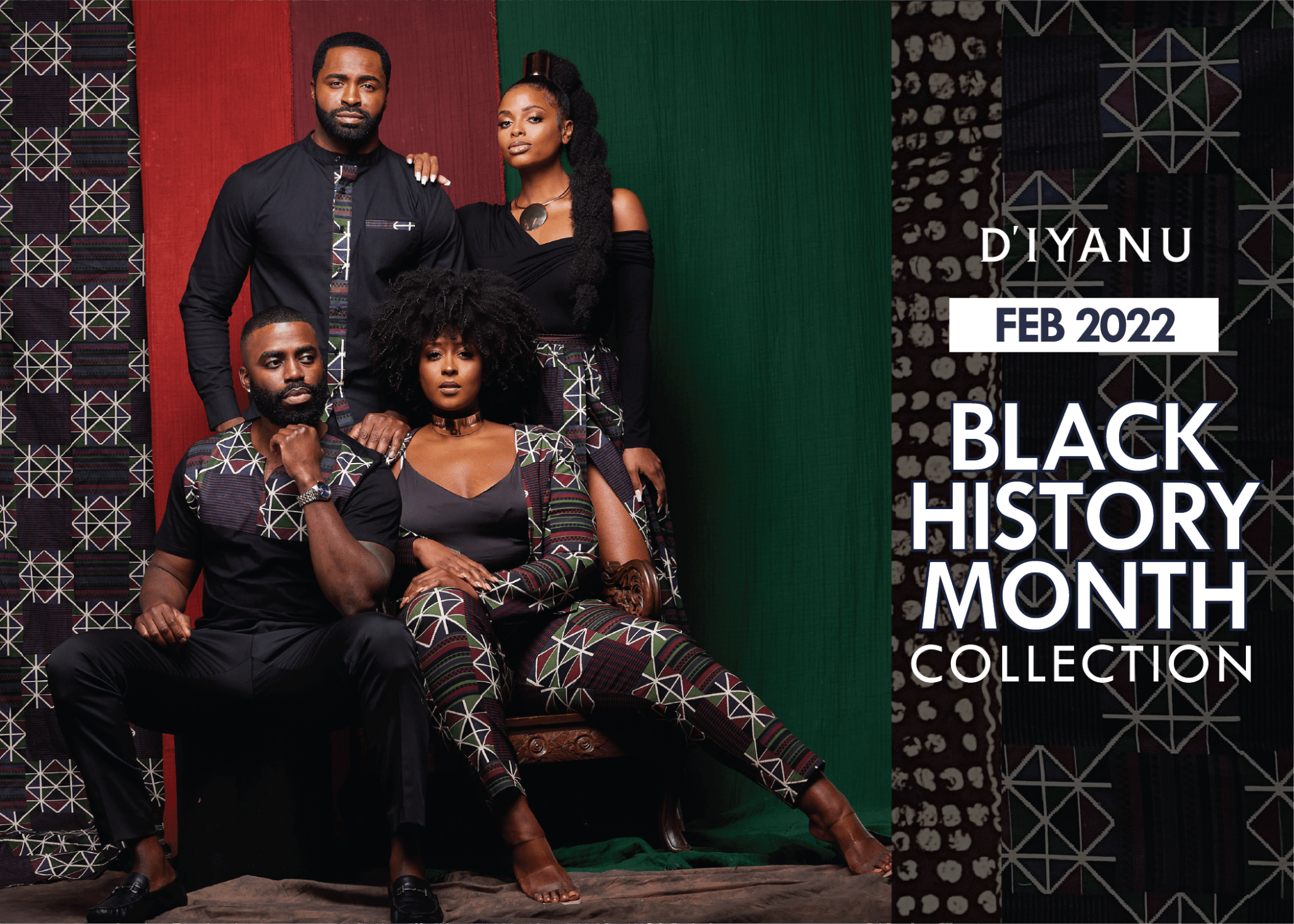











Leave a comment
This site is protected by hCaptcha and the hCaptcha Privacy Policy and Terms of Service apply.